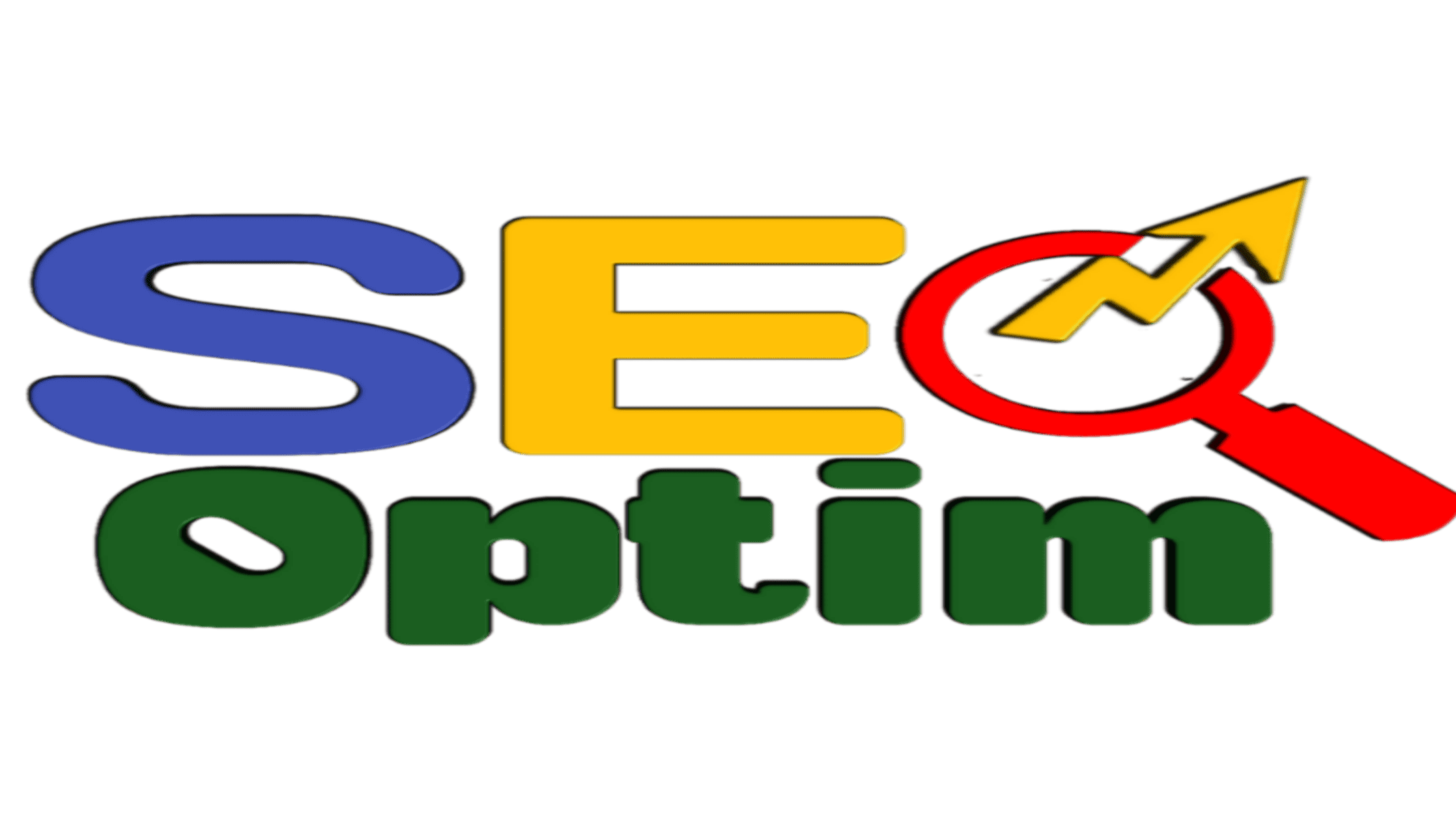Welcome to the comprehensive guide exploring the crucial relationship between User Experience (UX) and SEO usability, two fundamental elements that wield immense power in shaping a website’s success. In today’s digital landscape, achieving higher visibility on search engines goes hand-in-hand with providing exceptional user experiences. This article delves deep into understanding how UX and SEO intersect, their pivotal roles in enhancing a website’s performance, and their collective impact on driving organic traffic and improving search engine rankings.

What is UX User Experience for a Website?
User Experience (UX) for a website refers to the overall experience a visitor has while interacting with the site.
It focuses on optimizing various aspects to ensure a smooth, intuitive, and satisfying experience for visitors.
UX covers multiple elements like:
- Design: Includes layout, color scheme, typography, and visual elements. A well-designed website enhances aesthetics and usability.
- Navigation: The ease with which users can move around and find information within the site. Clear and intuitive navigation boosts UX.
- Responsiveness: Ensuring the website functions seamlessly across different devices (desktops, tablets, mobiles). Mobile-friendly designs are increasingly vital.
- Content: High-quality, relevant, and engaging content is crucial. It should be easy to read, informative, and tailored to meet user needs.
- Load Speed: Faster loading times lead to better user experiences. Slow-loading sites often result in user frustration.
- Accessibility: Websites should be accessible to users with disabilities, complying with accessibility guidelines.
A positive UX not only keeps users engaged but also impacts key metrics such as bounce rate, session duration, and conversion rates. Prioritizing UX in website design is essential to retain and convert visitors, enhancing overall performance.
What is the role of user experience UX in SEO?
User Experience (UX) is the heart of every successful website. But what exactly is its role in the world of SEO?
In the realm of Search Engine Optimization (SEO), UX holds a paramount position. It’s not just about optimizing content with keywords or securing backlinks; it’s about providing users with an experience that keeps them engaged and satisfied.
Search engines like Google prioritize user satisfaction. They want to direct users to websites that offer valuable, relevant, and seamless experiences. This is where UX enters the SEO game. When a website caters to its users’ needs effectively, it inherently improves SEO metrics.
The intricate relationship between UX and SEO highlights the significance of designing websites that prioritize user needs. A user-friendly site isn’t just good for users; it’s an essential factor for SEO success.
In essence, optimizing for search engines involves optimizing for users. Enhancing the user experience isn’t just an option; it’s a necessity for gaining visibility and authority in the competitive landscape of online search.
By considering the needs of your audience and crafting a seamless and engaging website experience, you not only enhance SEO but also foster a loyal user base that reaps long-term benefits.
Can user experience impact Google rankings?
Absolutely, user experience (UX) holds a substantial sway over Google rankings. It’s not just about the keywords or backlinks; it’s how users perceive and interact with a website that significantly impacts its position in search engine results.
Google, among other search engines, strives to offer the most relevant and satisfying results to users. Hence, the way users engage with a website directly influences its ranking on Google’s search engine results pages (SERPs).
By focusing on creating a user-friendly, engaging, and informative website, one not only enhances the experience for visitors but also increases the likelihood of ranking higher on Google. It’s not just about meeting the search engine’s criteria; it’s about providing users with a satisfactory experience that determines a site’s ranking in the competitive online landscape.
SEO usability
SEO usability refers to the crucial blend of search engine optimization (SEO) techniques with the primary focus on enhancing user experience. It’s the marriage between optimizing a website for search engines while ensuring that it remains user-friendly and easily navigable.
In essence, SEO usability goes beyond traditional SEO practices. It amalgamates optimization strategies with user-centric design to create a seamless browsing experience. Balancing technical SEO elements with user needs not only enhances a website’s visibility but also elevates user satisfaction.

How to improve SEO with user experience (UX)
User experience (UX) has become a central aspect of SEO (search engine optimization). No longer does SEO involve just optimizing for keywords; websites must now understand their users’ search intent and deliver an engaging user experience to rank highly organic search results.
Search engines such as Google prioritize user experience when ranking websites, which could result in high bounce rates, shorter session length, and decreased click-through rates that indicate to search engines that your content does not relate directly to user queries – potentially harming your rankings overall.
There are various strategies you can employ to enhance the user experience and increase SEO on your website, such as increasing the visibility of your header, decreasing above-the-fold layouts, and eliminating distracting elements such as pop-ups or intrusive ads.
UX (user experience) is an integral component of SEO, and its importance will only increase over time. A great UX can enhance your site’s search engine optimization by improving navigation, user-friendly language, and loading speeds.
Importance of user experience in SEO and how they work together
The correlation between user experience (UX) and search engine optimization (SEO) is more intertwined than ever. They aren’t standalone elements but rather complementary factors crucial for a website’s success in today’s digital landscape.
The synergy between UX and SEO is a game-changer. While SEO attracts users to your site, UX is what keeps them engaged. Their harmonious interplay significantly impacts how search engines perceive and rank your website. Therefore, prioritizing a seamless user experience isn’t just beneficial for visitors; it’s an integral part of a successful SEO strategy.
What are the UX and SEO best practices for a website?
Adhering to these best practices not only enhances user experience but also aligns with SEO strategies, ultimately leading to improved website performance and better visibility in search engine results.
UI design
- Simplicity wins: Keep the design clean and user-friendly. Intuitive navigation and straightforward layouts enhance user experience.
- Visual hierarchy: Use clear and concise visual cues. Highlight important elements like CTAs and relevant content to guide users effectively.
- Consistency in design: Maintain consistency in fonts, colors, and styles throughout the website. It fosters familiarity and eases user navigation.
Site navigation
A well-structured website with intuitive navigation not only aids search engine crawlers in indexing content but also allows users to navigate smoothly. Clear menus, logical page hierarchies, and a sitemap facilitate both SEO and user navigation.
Responsive design for mobile
With the increasing use of mobile devices, optimizing for mobile-friendliness is essential. A mobile-responsive website not only enhances user experience but also aligns with Google’s mobile-first indexing, positively affecting SEO.
Page speed
Speed matters! Users are impatient, and search engines know that. A fast-loading website improves user experience and impacts SEO rankings positively. It reduces bounce rates and signals search engines that your site provides a smooth browsing experience.
Optimizing images, minimizing redirects, and leveraging browser caching are tactics that improve page load times and, in turn, user experience.
Mobile friendly
With the increasing use of mobile devices, optimizing for mobile-friendliness is essential. A mobile-responsive website not only enhances user experience but also aligns with Google’s mobile-first indexing, positively affecting SEO.
Technical SEO and UX harmony
Technical SEO elements, like structured data and schema markup, contribute to a better user experience by improving website navigation, readability, and overall accessibility. This harmony between technical aspects and user experience amplifies SEO efforts.
Google user experience metrics
Focusing on improving these Google user experience metrics and behavioral metrics is pivotal for enhancing user engagement, reducing bounce rates, and ultimately, positively influencing search rankings. Implementing user-centric strategies and optimizing these metrics is key to creating a seamless, satisfying user experience on your website.
Behavioral user experience metrics
Here’s a comprehensive guide covering several metrics to assess user experience on websites, directly influencing search rankings:
Bounce rates
A well-designed, intuitive site reduces bounce rates. Lower bounce rates signal to search engines that users find the content valuable, potentially improving rankings.
Dwell time
The time users spend on a website matters. Engaging content, easy navigation, and a pleasing design increase dwell time, signaling relevance to search engines.
Mobile-friendliness
In the mobile-centric era, having a responsive design and mobile-friendly interface is crucial. Google prioritizes mobile-friendly sites in search results.
User satisfaction signals
Positive signals, like social shares, comments, and returning visitors, are indicative of user satisfaction and contribute to better SEO rankings.
Engagement metrics
Metrics like dwell time, bounce rate, and average session duration directly influence SEO usability. These metrics indicate how users interact with a website. Higher engagement and longer stays are positive signals for search engines, leading to improved rankings.
Technical user experience metrics and their importance
Technical user experience metrics are crucial for website optimization and enhancing user satisfaction. They directly impact a site’s performance, affecting user engagement and search engine rankings. Focusing on these metrics can significantly improve overall user experience and site usability.
Incorporating these technical user experience metrics into website design and optimization strategies can greatly improve the overall user experience, contributing to increased engagement, better rankings, and ultimately, business success.
Core web vitals
Core Web Vitals are fundamental user-centered metrics that evaluate aspects of web performance crucial for a seamless user experience. They consist of three main metrics:
- Largest contentful paint (LCP): Measures loading performance, indicating how quickly the main content loads. Aim for an LCP of under 2.5 seconds.
- First input delay (FID): Evaluates interactivity, measuring the time from when a user interacts with a page to when the browser responds. Aim for an FID of less than 100 milliseconds.
- Cumulative layout shift (CLS): Assesses visual stability, measuring unexpected layout shifts during page load. Aim for a CLS score of less than 0.1.
Interaction to next paint
Interaction-to-Next-Paint time is a critical metric assessing the time between a user’s interaction (like clicking a link) and the display of new content. Reducing this time enhances user experience by providing instant feedback and faster loading of content, making navigation smoother.
Click depth or click distance
Click Depth refers to the number of clicks needed to reach a specific page from the homepage. A lower click depth indicates a more efficient site structure, ensuring users can quickly access information. It impacts user satisfaction and SEO, as search engine crawlers also value easy access to content.
Internal link distribution
Internal Link Distribution analyzes the connectivity and distribution of internal links within a website. A well-structured internal link system enhances user navigation, improves SEO, and helps search engines understand the site’s content hierarchy. It also ensures that important pages receive adequate link equity.

Conclusion
User experience (UX) refers to all of the sensations, images, and behaviors people experience while using your product or service. This includes how well it fits into their overall workflow and makes completing their desired tasks effortless.
Consumers today expect intuitive and engaging interactions when they engage with brands online, and user experience should always be at the top of your priority list if you want customer loyalty and business growth. Failing to do so may result in lost customers to competitors offering superior experiences.
With increasing competition in today’s business world, businesses cannot afford to overlook user experience. An exceptional user experience can set your company apart from its competition and boost conversions and SEO rankings; so don’t wait; start improving it now!
Connect with us and propel your business to new heights with OptimSEO strategies!
Subscribe to our newsletter!

2 Comments
Comments are closed.